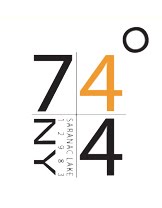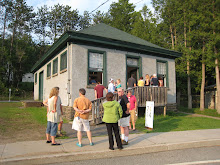Cluster Phobic:
The relationship between form and function in any design is the confluence (and sometimes conflict) between what it does and what it is about, the ratio of its innovation with its performance. It is not merely the measure of its promise or desirability but also of its applicability, what it actually accomplishes.
If creativity is contingent on re-appropriation, structures are based on recombination. We do not make matter, we collect and reassemble it. We do not materialize new relationships, we enable new expressions of what we have experienced. Most of what we concern ourselves with, perhaps all, can be distilled to the eternal. The first buildings were found, not made, and as more tricks were added to the bag (post and lintel, vaulted arch, geodesic), not a single one comes primarily from the mind. They are found, they come from the structures of the world, from caves, from slabs, from volcanoes and molecules. History’s most innovative builders and makers are those that observed the world and saw new potential in old things.
It is our linear illusion of history that fibs, and society carries the trends. Although painting has enjoyed perhaps more liberty over the centuries then architectural trends, each are mired within the baggage of tradition. Materials, codes, Modernism; the painting is based on a window and the building is made as a receptacle for windows. It is the human illusion of supremacy, our presumed mastery of these grids in which we have constructed many prisons.
Those who looked in new ways, those who were deferent to the materials, processes and structures surrounding them, they are the ones who opened up new potential. Deference is perhaps the largest thread in the works before you, which are foremost the products of appropriation. Observation comes first, then study, experimentation, and realization. Each of us is asking “what can this do” both with the initial form and with the combination of processes used. The New Architecture requires not just innovation of forms; it seeks new manifestations of media, to transcend tradition.
What we have started with has yielded what is, and what could be; this installation is one set of possibilities.
Matt Burnett (www.mattburnettpaintings.com) is a native of the Adirondacks, an Assistant Professor in the Graphics and Multimedia Design Program at SUNY Canton. He has worked extensively with painting and photography; his work focusing on natural systems and wilderness philosophy. His painting and multimedia work has been exhibited in galleries both across the northeast and internationally.


